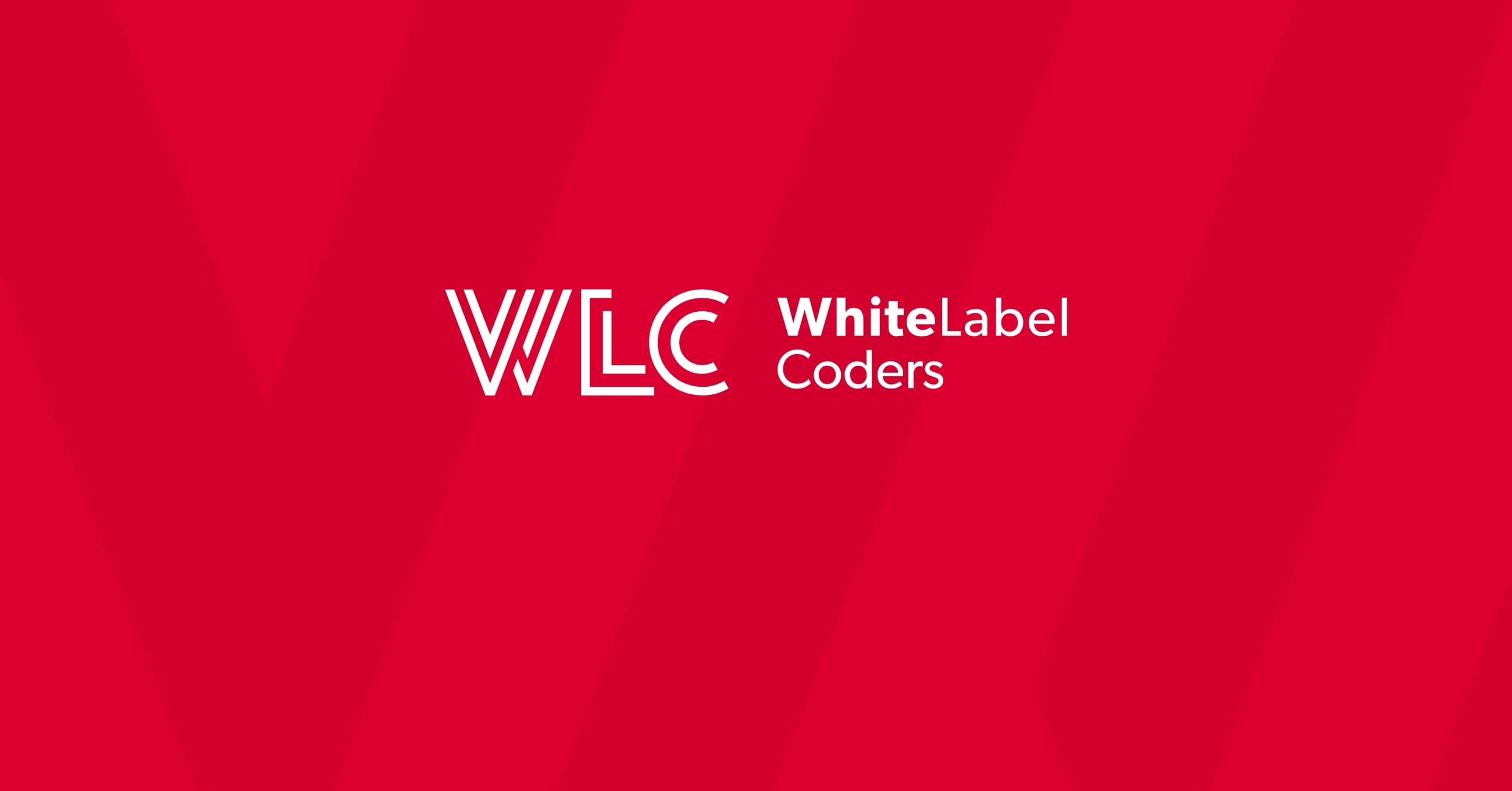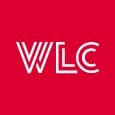Category: WooCommerce
Which page builder is best for WooCommerce?

Selecting the right page builder for your WooCommerce store can dramatically impact both development efficiency and customer experience. While Elementor offers extensive WooCommerce-specific widgets, Divi provides robust shop templates, and Gutenberg delivers native performance advantages. Your optimal choice depends on your store’s specific requirements, technical expertise, and long-term business goals.
Which page builder is best for WooCommerce?
Creating an effective online store requires the right tools for design and functionality. For WordPress-based e-commerce sites, page builders have become essential for crafting professional storefronts without extensive coding knowledge. The top contenders for WooCommerce development include Elementor, Divi, Beaver Builder, WPBakery, and Gutenberg.
Elementor stands out with its dedicated WooCommerce widgets and intuitive drag-and-drop interface. Shop owners appreciate its extensive template library specifically designed for product pages, category layouts, and checkout processes.
Divi offers exceptional design flexibility with its comprehensive WooCommerce modules. Its visual editor allows for real-time customization of every store element, from product grids to cart functionality.
Beaver Builder provides a lightweight alternative that prioritizes performance while maintaining powerful WooCommerce integration capabilities. It’s particularly favored for its clean code output.
WPBakery (formerly Visual Composer) has been a long-standing option with solid WooCommerce compatibility and a wide range of elements for store construction.
Gutenberg, WordPress’s native block editor, has evolved significantly with dedicated WooCommerce blocks that deliver excellent performance advantages due to its core integration.
Is Elementor good for WooCommerce?
Elementor has established itself as a particularly powerful solution for WooCommerce stores. Its Pro version includes a comprehensive set of dedicated WooCommerce widgets that enable store owners to create and customize virtually every aspect of their online shop.
The WooCommerce Builder feature in Elementor Pro allows for complete customization of product pages, archive pages, cart, checkout, and account pages. This level of control helps create unique shopping experiences tailored to specific brand identities and customer needs.
Elementor’s template library includes numerous pre-designed WooCommerce templates that can be imported with a single click and customized to match your store’s aesthetics. This significantly reduces development time while maintaining professional design standards.
The dynamic content capabilities allow you to display product information, pricing, stock status, and other WooCommerce data in custom layouts. This flexibility extends to creating conditional displays based on product categories, tags, or custom taxonomies.
Regarding performance, Elementor has made significant improvements in recent versions to reduce its impact on page load times. However, it’s worth noting that extensive use of widgets and effects can potentially slow down your store. Proper optimization, including image compression and caching, is recommended for maintaining optimal performance.
Can you use Divi with WooCommerce?
Divi and WooCommerce form an excellent partnership for creating visually stunning and highly functional online stores. The integration is seamless, with Divi offering specialized modules designed specifically for e-commerce functionality.
Divi includes built-in WooCommerce modules that cover essential store elements: product displays, add-to-cart buttons, price filters, and product galleries. These modules can be styled extensively using Divi’s visual editor without requiring CSS knowledge.
The theme provides specialized WooCommerce shop page templates that serve as excellent starting points for customization. These templates are optimized for conversions and user experience, incorporating best practices for e-commerce design.
One of Divi’s standout features for WooCommerce stores is its product page customization options. Every element of the product detail page can be adjusted, from image galleries and pricing displays to related products sections and review formats.
For global design consistency, Divi allows you to create WooCommerce template layouts that automatically apply to all products or specific product categories. This ensures brand coherence throughout the shopping experience while saving significant development time.
Additionally, Divi’s recently improved performance optimizations help maintain faster loading times, which is crucial for e-commerce conversion rates and search engine rankings.
How does Beaver Builder integrate with WooCommerce?
Beaver Builder takes a streamlined approach to WooCommerce integration, focusing on performance efficiency without sacrificing customization capabilities. This balance makes it particularly appealing to developers concerned with site speed and code quality.
While Beaver Builder’s core plugin doesn’t include WooCommerce-specific modules by default, its ecosystem offers solutions through the Beaver Themer extension. This add-on enables full template customization for WooCommerce product pages, shop archives, and checkout processes.
The modular architecture of Beaver Builder contributes to better performance for WooCommerce stores compared to some heavier page builders. The clean code output results in faster page loads, which directly impacts conversion rates for online stores.
Beaver Builder’s workflow advantages include consistent interfaces and behaviors that make it easier for teams to collaborate on WooCommerce store development. The predictable editing experience reduces the learning curve for new team members.
For developers, Beaver Builder provides extensive hooks and filters that allow for customized WooCommerce integrations beyond what’s available in the visual interface. This makes it suitable for stores with complex or unique requirements.
The stability of Beaver Builder is another significant benefit for WooCommerce stores, with updates rarely causing conflicts or breaking existing layouts—a crucial consideration for active e-commerce sites where downtime means lost revenue.
Is WPBakery a good choice for WooCommerce stores?
WPBakery Page Builder (formerly Visual Composer) has a long history in the WordPress ecosystem and offers considerable compatibility with WooCommerce. Its approach differs somewhat from newer page builders, providing both advantages and limitations for online store development.
The element options in WPBakery include several WooCommerce-specific components like product grids, product carousels, and featured products. These elements provide basic functionality for displaying store inventory in various formats.
One advantage of WPBakery is its widespread adoption by theme developers. Many WooCommerce-focused themes come bundled with WPBakery and include custom elements specifically designed for that theme’s store functionality.
Regarding extension compatibility, WPBakery generally works well with most WooCommerce add-ons, though it may require additional configuration compared to more tightly integrated builders like Elementor or Divi.
Performance considerations are important when evaluating WPBakery for WooCommerce implementations. The builder’s older architecture can sometimes result in heavier page loads compared to more modern alternatives, potentially affecting store speed and user experience.
For existing stores already built with WPBakery, continuing with this builder often makes more sense than migrating to a different system. However, for new WooCommerce projects, more recent page builders may offer advantages in terms of dedicated e-commerce features and optimization.
Can Gutenberg replace premium page builders for WooCommerce?
WordPress’s native Gutenberg editor has evolved significantly since its introduction, raising the question of whether it can now effectively replace premium page builders for WooCommerce stores. The answer depends largely on your specific requirements and comfort with the block-based editing approach.
The WooCommerce blocks collection has expanded considerably, offering native capabilities for displaying products, categories, reviews, and other store elements. These blocks integrate seamlessly with the core shopping functionality without requiring additional plugins.
Performance advantages represent one of Gutenberg’s strongest selling points for WooCommerce stores. Being built into WordPress core, it avoids the additional code overhead that third-party page builders typically introduce, potentially resulting in faster page loads.
The learning curve for Gutenberg is generally less steep than for many premium page builders, making it more accessible to store owners who want to handle their own content updates without extensive training.
However, limitations remain when comparing Gutenberg to premium alternatives. Advanced layout control, animation effects, and specialized WooCommerce design features are still areas where dedicated page builders often provide more comprehensive solutions.
For simpler WooCommerce stores with straightforward product presentations, Gutenberg may well be sufficient. For complex stores requiring highly customized shopping experiences, premium page builders still offer advantages that may justify their cost and potential performance impact.
How do page builders impact WooCommerce store performance?
Performance is a critical consideration for any e-commerce site, as even small delays in page loading can significantly impact conversion rates and customer satisfaction. Different page builders affect WooCommerce performance in various ways.
Site speed comparisons generally show that lighter page builders or native Gutenberg blocks result in faster loading times. Beaver Builder and Gutenberg typically outperform more feature-rich options like Elementor and Divi in basic speed tests, though the difference can be mitigated with proper optimization.
Server load increases with more complex page builder implementations. Each additional feature, animation, or dynamic element requires more processing power, which can become problematic on shared hosting environments commonly used for smaller WooCommerce stores.
Mobile responsiveness is another performance aspect affected by page builder choice. While all major page builders offer responsive design capabilities, some handle the complexities of e-commerce layouts on small screens more efficiently than others.
To optimize performance regardless of page builder choice, consider implementing:
- Quality hosting specifically optimized for WordPress and WooCommerce
- Comprehensive caching solutions compatible with e-commerce functionality
- Image optimization for product photos and design elements
- Minimizing plugin usage to only those absolutely necessary
- Regular database maintenance to remove transients and other accumulated data
Remember that a visually impressive but slow-loading WooCommerce store will typically perform worse in terms of conversions than a simpler but faster alternative.
What features should I look for in a WooCommerce page builder?
When evaluating page builders for your WooCommerce project, several key features warrant particular attention to ensure you select a solution that meets both current and future store needs.
WooCommerce-specific elements are perhaps the most important consideration. Look for builders that offer dedicated widgets or blocks for:
- Product displays with filtering and sorting options
- Category showcases with custom layouts
- Cart and checkout page customization
- Account area personalization
- Product comparison tools
- Wishlist functionality
Customization depth determines how unique your store can be. Evaluate how granularly you can control product layouts, typography, colors, and spacing without resorting to custom CSS.
Responsive design capabilities are non-negotiable for modern e-commerce. Your page builder should provide intuitive controls for optimizing how store elements appear across devices, with particular attention to mobile checkout experiences.
Plugin compatibility extends beyond WooCommerce itself to include popular extensions like payment gateways, shipping calculators, and marketing tools. The ideal page builder works harmoniously with your entire e-commerce ecosystem.
Template availability can significantly accelerate development. Page builders with extensive WooCommerce-specific template libraries allow you to implement professional designs quickly and then customize to your specific needs.
Finally, consider future maintenance requirements. Builders with cleaner code output and more stable update histories generally require less ongoing maintenance, an important factor for business-critical e-commerce sites.
Are there page builders specifically designed for WooCommerce?
While the major page builders discussed previously offer WooCommerce compatibility, several specialized solutions focus exclusively on e-commerce customization. These dedicated tools can provide advantages for stores with particular requirements.
JetWooBuilder by Crocoblock is a specialized Elementor add-on that extends the base page builder with advanced WooCommerce-specific widgets and templates. It focuses exclusively on enhancing Elementor’s e-commerce capabilities with features like custom grid builders and archive customizers.
WooBuilder Blocks takes a different approach, working with Gutenberg to provide extended WooCommerce block functionality. It emphasizes performance while adding specialized product display and shop customization blocks to the native editor.
Oxygen Builder, while not exclusively WooCommerce-focused, includes the WooCommerce Builder component specifically designed for creating custom shop experiences with a focus on performance and clean code output.
Specialized solutions often provide deeper integration with specific aspects of WooCommerce:
- More granular control over product display templates
- Advanced filtering and product browsing capabilities
- Customized checkout processes beyond standard WooCommerce options
- Specialized widgets for promotions and dynamic pricing display
When considering these specialized options, evaluate whether their focused feature sets outweigh the broader ecosystems of general-purpose page builders for your specific store requirements.
How much does a good WooCommerce page builder cost?
Understanding the pricing structures and total cost of ownership for WooCommerce page builders helps make informed decisions that align with your budget and business requirements.
Free versus premium options present the first decision point. While Gutenberg comes free with WordPress, and Elementor, Beaver Builder, and Divi offer limited free versions, their premium editions provide the WooCommerce-specific features most stores require:
| Page Builder | Annual Cost (approx.) |
|---|---|
| Elementor Pro | $59-$199 |
| Divi | $89-$249 |
| Beaver Builder | $99-$399 |
| WPBakery | $64 |
| Gutenberg | Free (core) |
Licensing models vary significantly between builders. Some offer unlimited site licenses for agencies, while others charge per site. Consider how many WooCommerce stores you’ll be building when calculating total costs.
Beyond the initial purchase, consider these additional cost factors:
- Add-ons for specialized WooCommerce functionality
- Premium templates to accelerate development
- Potential performance optimization tools to counteract heavier page builders
- Learning curve costs (time spent becoming proficient)
Long-term value depends not just on purchase price but on development efficiency, maintenance requirements, and how well the builder adapts to changing store needs. Sometimes a more expensive solution offers better return on investment through faster development and fewer ongoing issues.
WooCommerce page builder selection: Key considerations and best practices
Making the optimal page builder selection for your WooCommerce store involves evaluating several crucial factors beyond just features and pricing.
Development expertise requirements vary significantly between page builders. Gutenberg and Elementor generally offer more accessible learning curves for non-developers, while Beaver Builder might appeal to those who value clean code and are comfortable with more technical customizations.
Future maintenance implications should influence your decision. Consider how stable the page builder has been through updates, how it handles WordPress and WooCommerce version changes, and whether it follows best practices in programming that minimize breaking changes.
Scalability concerns become important as your store grows. Some page builders handle large product catalogs and complex layouts more efficiently than others. Consider whether your page builder choice can accommodate your anticipated growth without requiring migration to another platform.
For implementation success, follow these best practices:
- Start with a clear design strategy before building
- Create templates for reusable store components
- Establish style guidelines to maintain consistency
- Implement a staging environment for testing changes
- Optimize media assets before adding them to your store
- Use caching solutions compatible with dynamic store content
Remember that the most suitable page builder depends on your specific business context. Consider partnering with experienced WooCommerce developers if you need guidance tailored to your unique store requirements.
While evaluating different options, focus on how each builder’s strengths align with your primary business objectives, whether that’s design flexibility, performance optimization, or development efficiency.
The right page builder isn’t simply the one with the most features, but the one that best enables your specific e-commerce goals while working within your technical and resource constraints.

